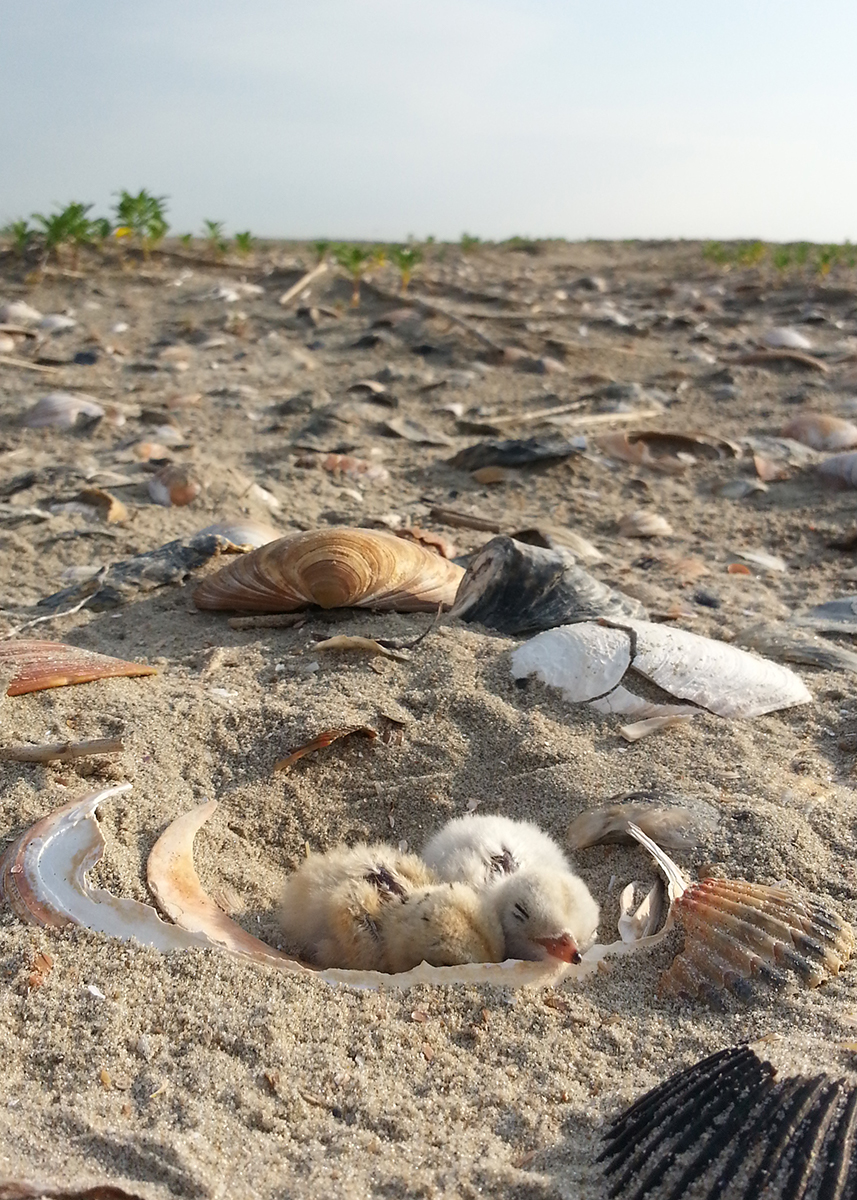Photo by Gordon Campbell | At Altitude Gallery
Hog Island
Owned and managed by: The Nature Conservancy Virginia Coast Reserve. BE AWARE: Private inholdings exist and visitors should respect property boundaries.
Portions of Hog Island that are owned by The Nature Conservancy are open year-round to the public for low-impact, recreational day use, such as hiking, bird watching, surf fishing and photography. Within these portions, all areas above the high tide line are closed April through August. Please help protect sensitive habitats and wildlife by observing all visitation policies and seasonal restrictions.
Visiting Hog Island
The Seaside is a dynamic landscape with constantly shifting tides, sands and weather. Safety is a top concern when visiting this remote area with limited accessibility and services. Stay alert, come prepared and be aware of island use policies.
Open for recreational DAY use:
![]()
![]()
![]()
![]()
Prohibited at ALL times:
![]()
![]()
![]()
![]()
Seasonal restrictions (April through August):
For information about our policies, please contact the Virginia Coast Reserve office:
- Call us at (757) 442-3049
- Visit our website
Suggested access points
Hog Island is most easily and safely accessed via the inlet beaches at the north (Quinby Inlet) and south (Great Machipongo Inlet) ends of the island. Access to other parts of Hog Island and to Rogue Island requires extensive knowledge of the waterways and is not recommended for inexperienced visitors. Please contact The Nature Conservancy for more information.
About Hog Island
Hog Island stands out among Virginia’s barrier islands due to its history of having supported the only established town along the Virginia barrier island chain. The town of Broadwater was founded in the mid-19th century, supported up to 250 people at one point, and persisted until a series of hurricanes drove the last residents off the island in the early 1930s. Today, much of the footprint of the town itself lies underneath the ocean as the island has moved and changed, as barrier islands are meant to do. But the history of the island and the people that called it home are well preserved and showcased, in particular at the Virginia Eastern Shore’s Barrier Island Center Museum in Machipongo.
Today, Hog Island is largely owned and managed by The Nature Conservancy as part of its Virginia Coast Reserve. The island is almost entirely undeveloped and provides important habitat for an incredible diversity of coastal plants and animals. The island also serves as one of the primary research sites for the University of Virginia’s Long-Term Ecological Research Station in Oyster, Virginia. Researchers and students from all over the world have been studying coastal dynamics and processes on Hog Island since the late 1980s.
Private inholdings exist on Hog Island and visitors are encouraged to access the northern and southern inlet beaches which are encompassed within the Virginia Coast Reserve. Before visiting, please familiarize yourself with site use policies and seasonal restrictions in order to help protect sensitive resources.
Discover a Coastal Wilderness
The Atlantic coastline of Virginia’s Eastern Shore is a unique coastal wilderness that spans 70 miles from the Virginia/Maryland border to the mouth of the Chesapeake Bay. The region is characterized by vast, mostly undeveloped marshes, barrier island beaches and coastal lagoons that support globally important populations of migratory birds, are the site of intensive large scale oyster reef and eelgrass restoration projects, and provide extensive recreation opportunities in remote settings. Learn more about the natural history of this amazing coastal landscape.
OWNERSHIP AND LAND MANAGEMENT
The Nature Conservancy Virginia Coast Reserve
The Nature Conservancy is a global conservation organization dedicated to conserving the lands and waters on which all life depends. Guided by science, the Conservancy creates innovative, on-the-ground solutions to our world’s toughest challenges so that nature and people can thrive together.
The Virginia Coast Reserve (VCR) is a landscape program within the Virginia Chapter of the Conservancy that is headquartered in Nassawadox, Virginia on the Eastern Shore. VCR is made up of 14 barrier and marsh islands, extensive salt marshes and several mainland properties including the Brownsville Preserve. Programs at VCR address conservation topics on the Eastern Shore such as migratory bird conservation, marine habitat restoration, coastal resilience, land protection and outreach and education. VCR works collaboratively with federal and state partners to manage The Nature Conservancy’s properties, including the barrier islands and Brownsville Preserve, to ensure the protection of sensitive natural resources while also accommodating for low-impact visitor use.
Explore Our Seaside Partners
The seaside of Virginia’s Eastern Shore is almost entirely owned and managed by non-profit, state and federal agencies. These partners share the common goal of protecting natural resources, while balancing sustainable recreational and economic use of the seaside. Learn more about our partnership.
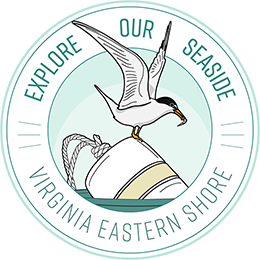
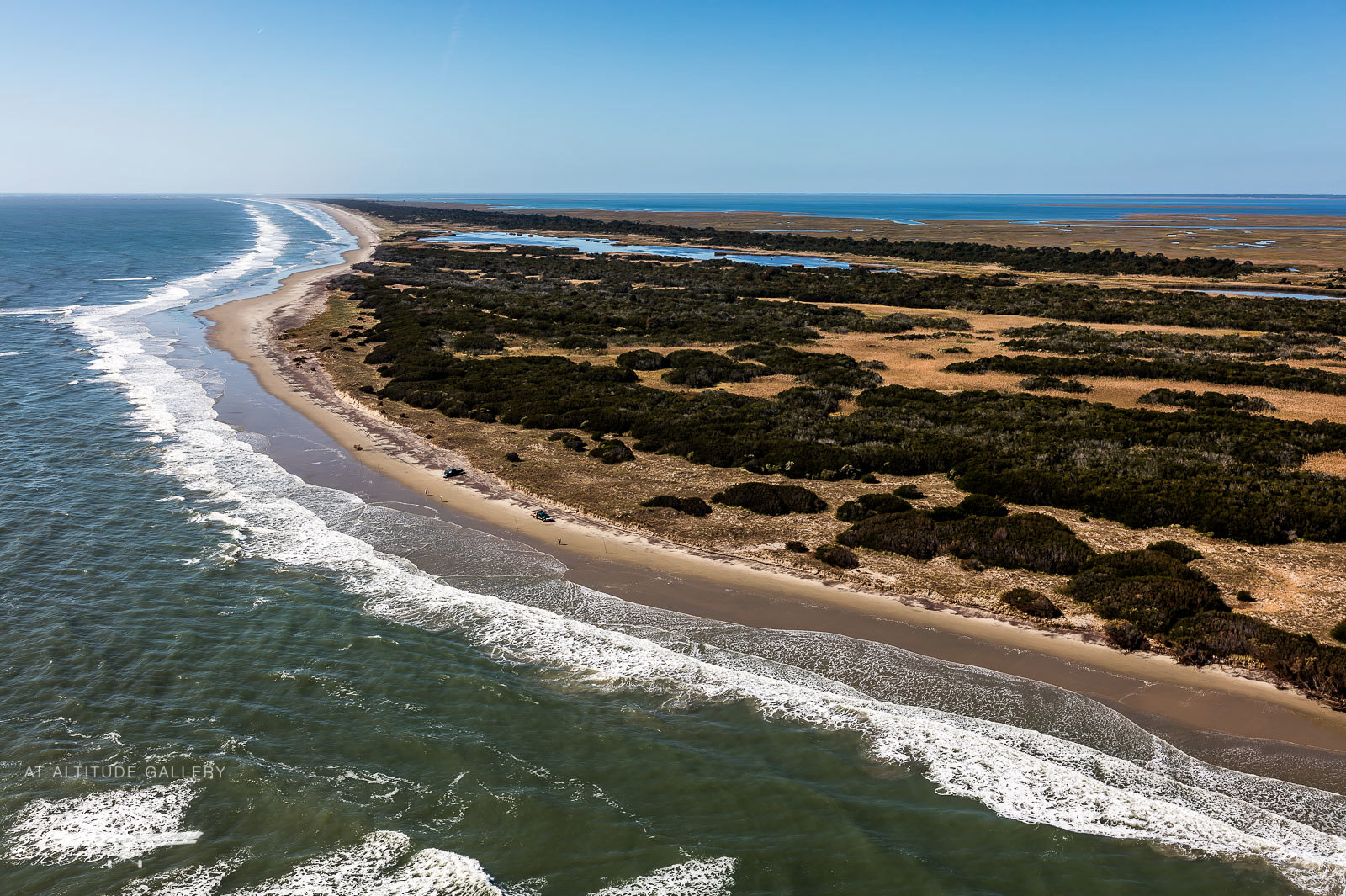

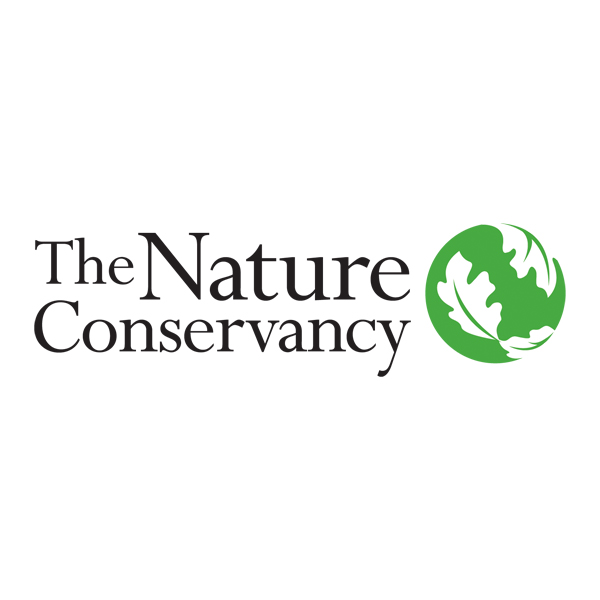

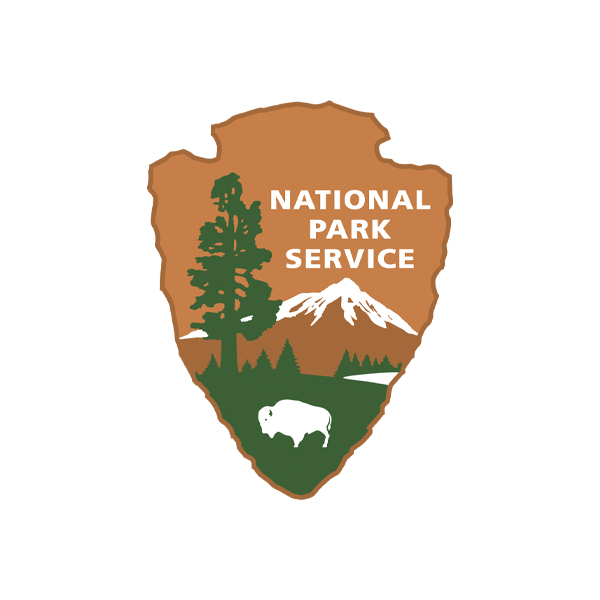

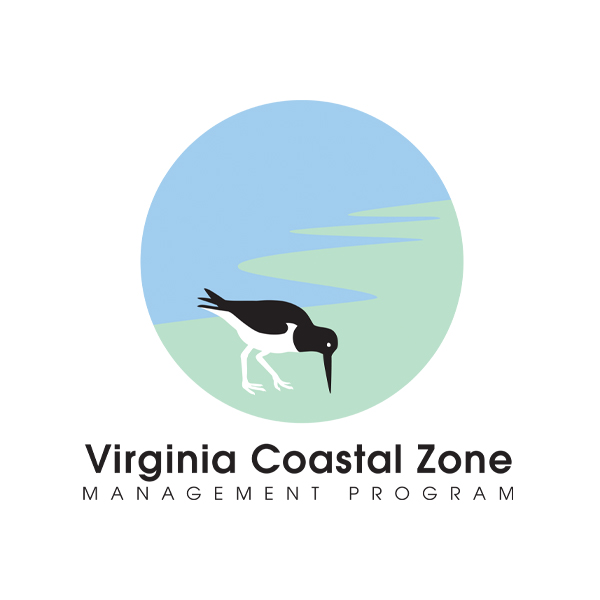
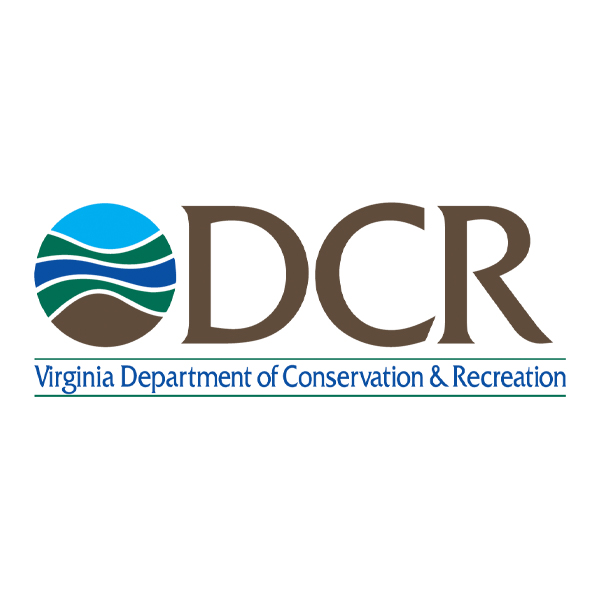
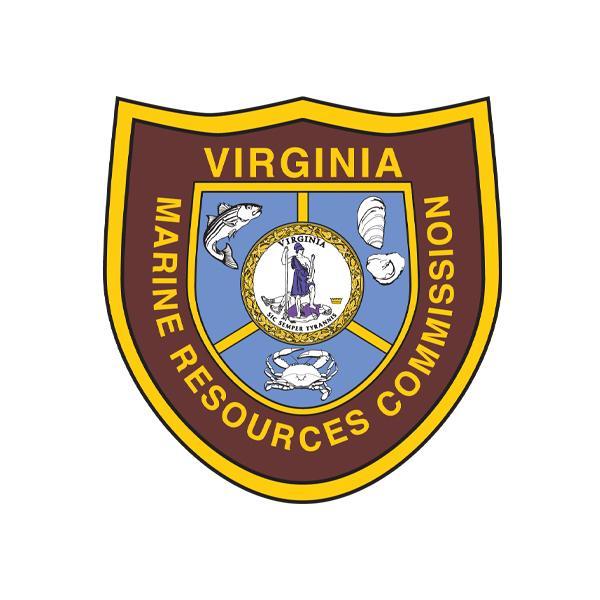
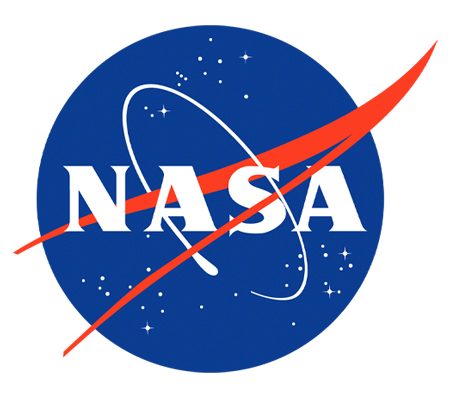
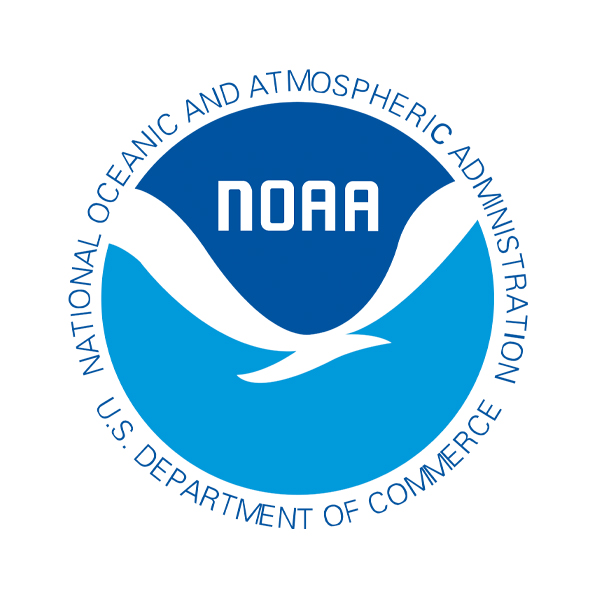

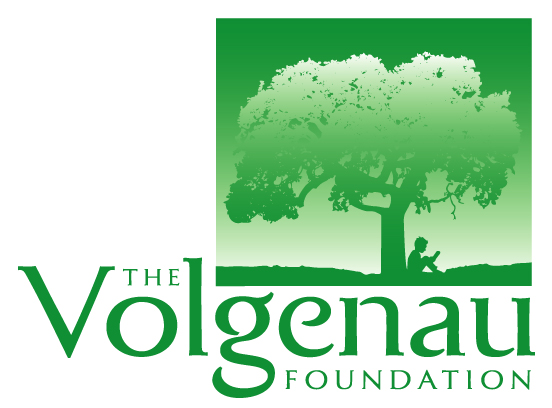 This project was funded by The Nature Conservancy with support from The Volgenau Foundation and by the Virginia Coastal Zone Management Program led by the Virginia Department of Environmental Quality through Grant #NA17NOS4190152 of the U.S. Department of Commerce, National Oceanic and Atmospheric Administration, under the Coastal Zone Management Act of 1972, as amended. All Explore Our Seaside partners also contributed significant time and effort to the project.
This project was funded by The Nature Conservancy with support from The Volgenau Foundation and by the Virginia Coastal Zone Management Program led by the Virginia Department of Environmental Quality through Grant #NA17NOS4190152 of the U.S. Department of Commerce, National Oceanic and Atmospheric Administration, under the Coastal Zone Management Act of 1972, as amended. All Explore Our Seaside partners also contributed significant time and effort to the project.